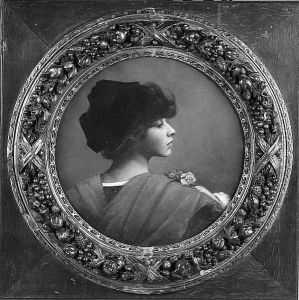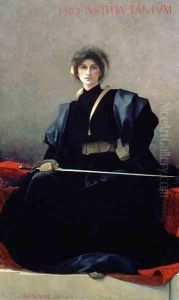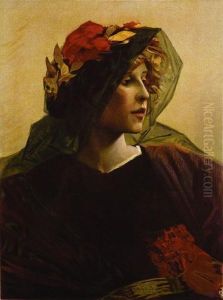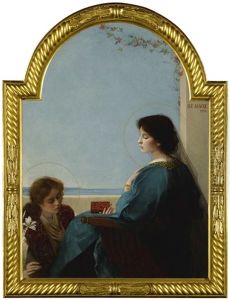Alfred Agache Paintings
Alfred-Paul-Emile Agache, born on August 29, 1843, in Lille, France, was a notable figure in the world of French painting, associated with the academic and Symbolist movements. His work, characterized by a meticulous approach and often imbued with allegorical and mythological themes, reflects the late 19th-century inclination towards both classical and fantastical subjects. Agache was educated at the École des Beaux-Arts in Lille, and later, he continued his studies in Paris, where he was influenced by the academic tradition and the burgeoning Symbolist movement, which sought to express the invisible or ineffable through symbolic means.
Agache's career was marked by his commitment to the ideals of beauty and precision, which garnered him recognition and accolades in his time. He exhibited at the Paris Salon, an important venue for artists seeking to establish their reputations, and received several medals for his work, including at the Exposition Universelle in 1889, a world's fair held in Paris that celebrated the achievements of the French Republic. His paintings often depicted elegant, idealized figures and were praised for their refined technique and depth of feeling.
Despite his success, Alfred Agache remains a somewhat enigmatic figure in art history, overshadowed by contemporaries such as Gustave Moreau and Puvis de Chavannes. In addition to his allegorical and mythological scenes, he painted portraits and was involved in decorative projects, showcasing his versatility as an artist. Agache's legacy is that of a painter who bridged the gap between academic art and the nascent Symbolist movement, infusing traditional forms with a sense of mystery and otherworldliness.
Agache died on September 15, 1915, in Lille. His work has seen a resurgence of interest in recent years, with art historians and collectors alike reevaluating his contribution to 19th-century French art. Though not as widely recognized as some of his peers, Agache's paintings continue to captivate viewers with their beauty, craftsmanship, and ethereal quality, securing his place in the pantheon of French painters.




